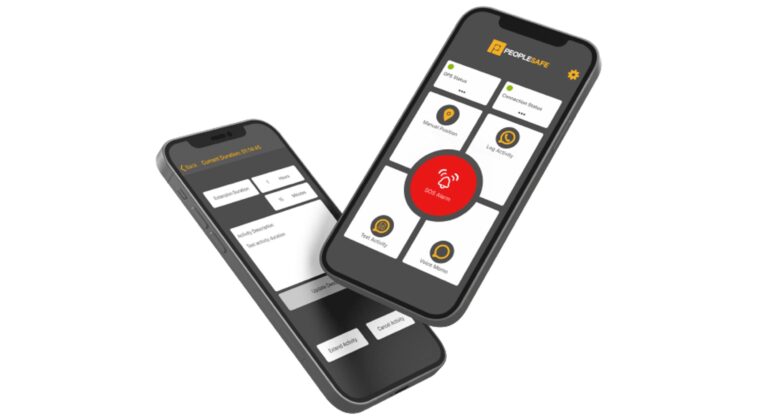In today’s fast-paced world, the rise of remote and isolated work environments has become increasingly common.
From field technicians to delivery drivers and maintenance workers, many professionals operate in environments where they may find themselves alone for extended periods.
This is where a Lone Worker App becomes a crucial tool. But what exactly is it, and why do you need one? Let’s dive into the pros of incorporating a Lone Worker App into your safety strategy.
What is a Lone Worker App?
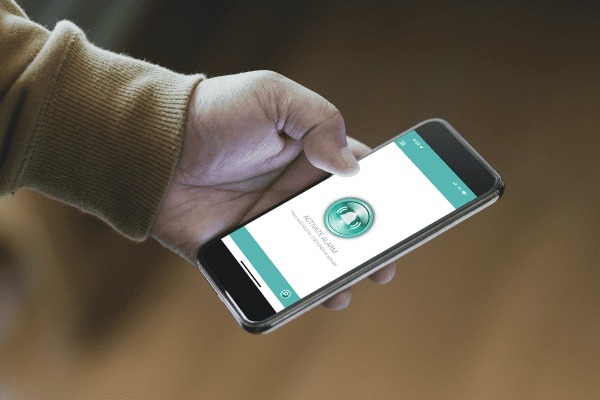
A Lone Worker App is a digital solution designed to enhance the safety and communication capabilities of individuals working in isolated conditions.
The best long worker app and software often include features like GPS tracking, emergency alerts, check-in systems, and two-way communication to ensure workers can get help when they need it most.
The Benefits of Using a Lone Worker App
1. Enhanced Safety and Emergency Response
One of the primary advantages of this app is its ability to provide immediate assistance during emergencies. With features like:
- SOS Alerts: Workers can quickly signal for help in case of an accident or threat.
- Fall Detection: Advanced apps automatically detect falls and alert supervisors.
- Real-Time GPS Tracking: Employers can locate workers instantly in case of an emergency.
These features can significantly reduce response times and potentially save lives.
2. Increased Worker Confidence
Knowing that help is just a tap away can dramatically improve a lone worker’s confidence. This reassurance boosts morale and enables employees to focus on their tasks without the constant worry of being stranded or unsupported in an emergency.
3. Compliance with Health and Safety Regulations
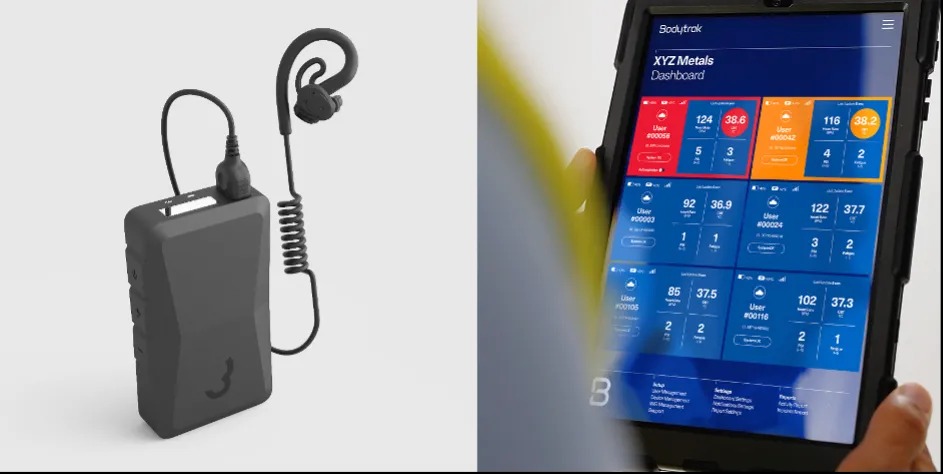
Employers have a duty of care to ensure the safety of their employees, especially those working alone. Many health and safety regulations require businesses to have systems in place to monitor and protect lone workers. Implementing this application helps companies meet these obligations and avoid potential fines or legal complications.
4. Cost-Effective Solution
Compared to deploying physical monitoring systems or hiring additional personnel, Lone Worker Apps are a cost-effective way to ensure worker safety. Many apps offer scalable pricing models, making them accessible for businesses of all sizes.
5. Integrating Lone Worker Apps into Safety Policies
To fully leverage the benefits of Lone Worker Apps, businesses should integrate them into their broader safety policies. Key considerations include:
- Training Employees: Provide clear instructions on app usage and safety protocols.
- Customizing App Features: Tailor the app to address specific job roles and hazards.
- Regular Updates: Ensure the app and its features remain up-to-date.
Combining these steps ensures the app complements existing safety measures effectively.
6. Customizable Features
Modern Lone Worker Apps can be tailored to suit specific industries and roles. Whether you’re in construction, healthcare, or utilities, you can customize features like:
- Scheduled check-ins
- Geofencing alerts
- Hazard reporting tools
This flexibility ensures that the app meets the unique needs of your workforce.
7. Improved Communication
These apps often include two-way communication capabilities, ensuring workers can stay in constant contact with their teams. Whether it’s a routine check-in or a critical update, seamless communication fosters a safer and more connected work environment.
8. Analytics and Reporting
Many apps provide detailed analytics and reporting tools that allow employers to track patterns, identify risks, and implement proactive safety measures. This data-driven approach helps organizations improve their overall safety culture.
Who Needs a Lone Worker App?
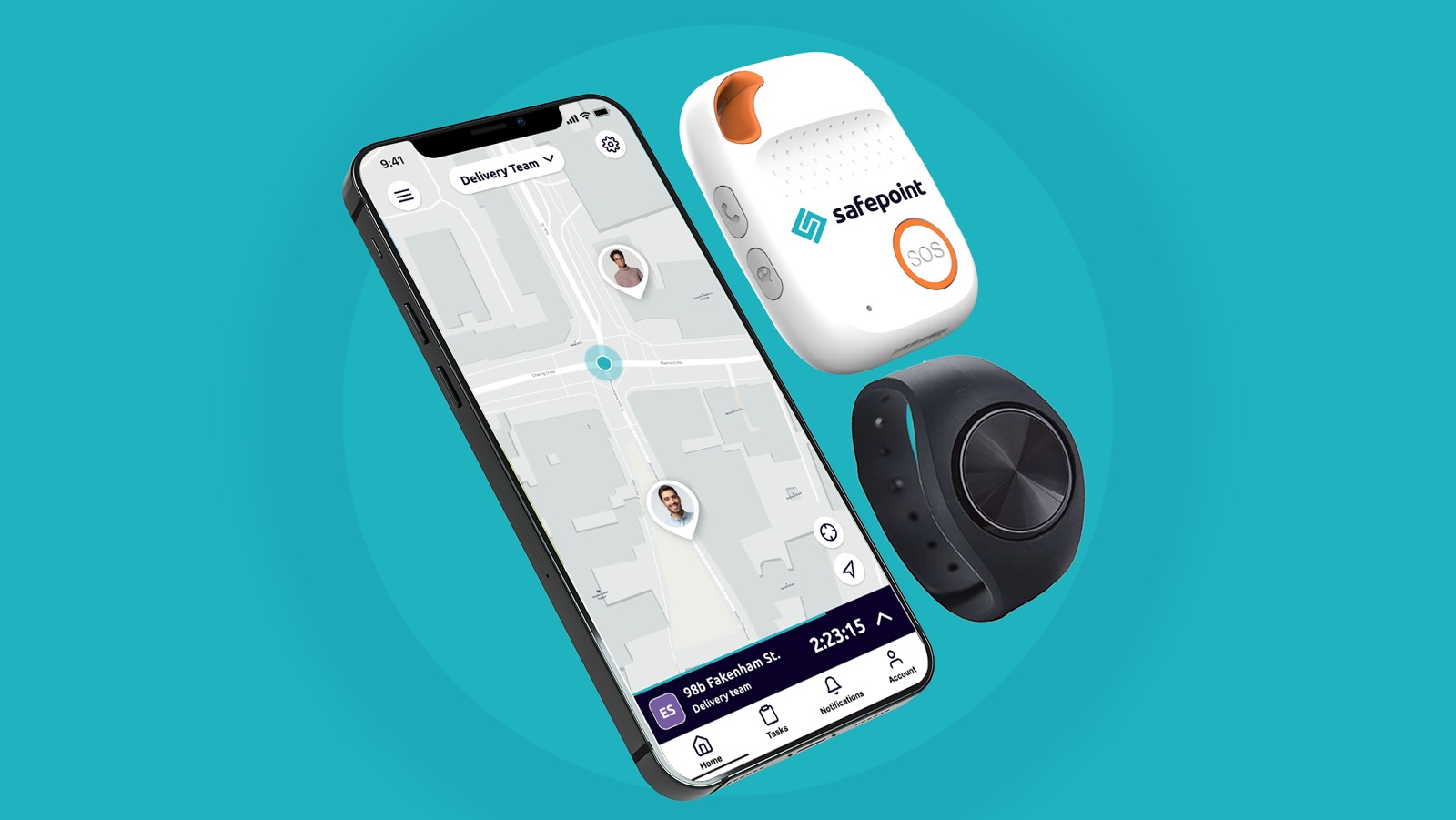
While the benefits are evident, certain industries and roles stand to gain the most from this technology:
- Field Service Technicians
- Healthcare Workers
- Delivery Drivers
- Utility and Maintenance Staff
- Construction Workers
- Security Personnel
If your business involves employees working in isolated or high-risk environments, a Lone Worker App is an invaluable investment.
How Lone Worker Apps Enhance Productivity
Safety tools not only protect workers but also improve their productivity. Employees who feel secure are more likely to focus on their work without distractions. Key ways to boost productivity include:
- Reduced Downtime: Real-time assistance minimizes delays caused by emergencies.
- Streamlined Communication: Quick updates between workers and supervisors keep projects on track.
- Confidence in Remote Work: Workers can perform their duties without constant supervision, knowing help is accessible.
This added layer of security allows businesses to maximize efficiency without compromising worker safety.
Training Workers for Optimal App Use
Successful implementation relies on proper training. Workers need to understand its features and how to use them during emergencies. Effective training programs should include:
- App Walkthroughs: Step-by-step demonstrations of key functions.
- Emergency Simulations: Practice drills to test SOS alerts and response times.
- Ongoing Support: Providing help desks or resources for troubleshooting.
These efforts ensure workers can confidently rely on the app in critical moments.
Key Features to Look for When Selecting an App
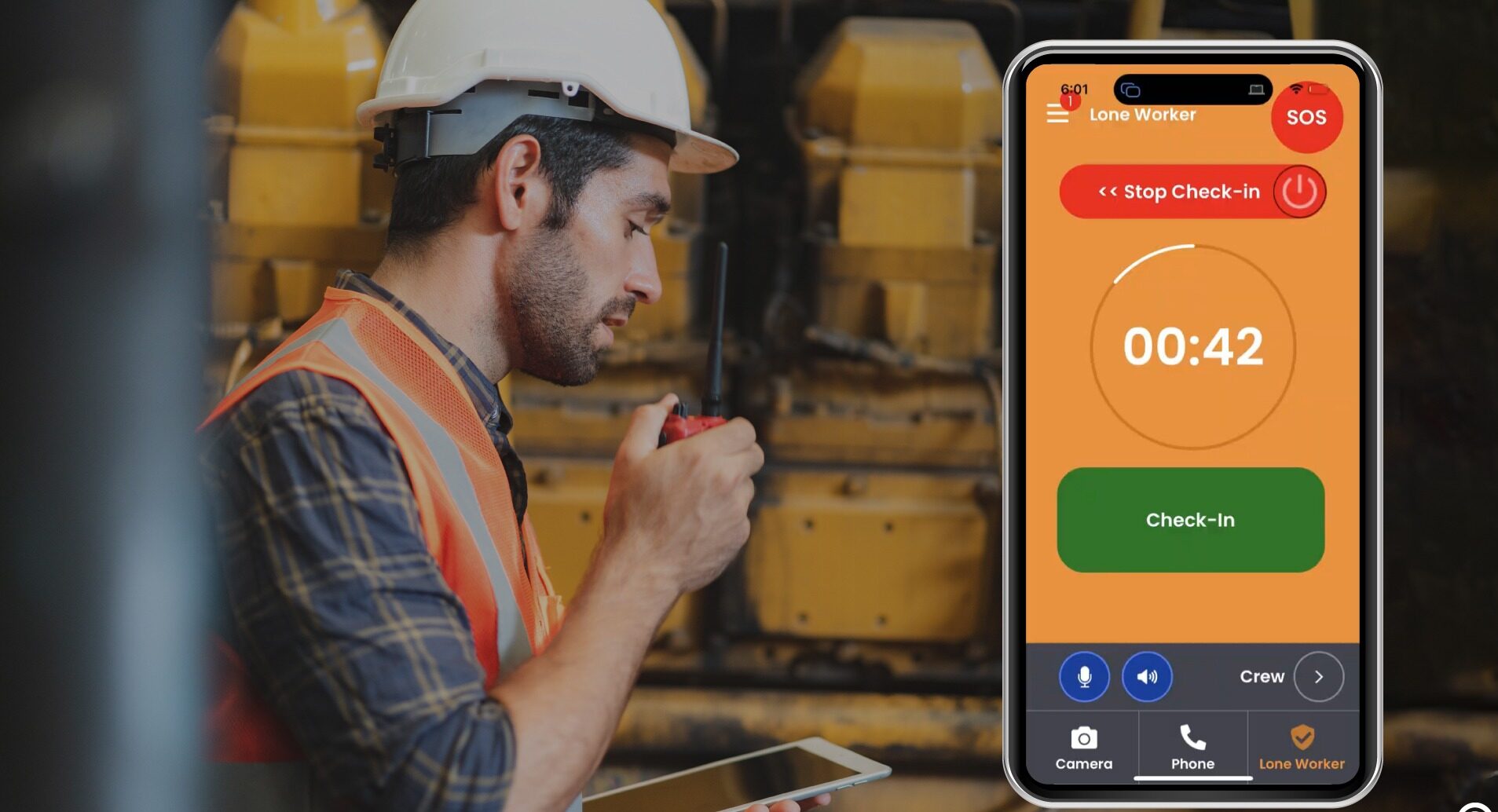
When choosing the app, prioritize features that align with your organization’s needs. Essential elements include:
- GPS Tracking: Real-time location monitoring for accurate worker tracking.
- SOS Alerts: Immediate emergency signals for rapid responses.
- Customizable Check-Ins: Scheduled notifications to confirm worker safety.
- Offline Functionality: Features that work even in areas with limited connectivity.
Selecting an app with these capabilities ensures comprehensive protection for isolated workers.
Addressing Challenges in Lone Worker Safety
Implementing a Lone Worker App can address common challenges faced by businesses, including:
- Limited Supervision: Apps provide virtual oversight for workers in remote locations.
- Response Delays: Immediate alerts reduce the time needed to address emergencies.
- Compliance Issues: Ensures adherence to industry safety standards without excessive costs.
By resolving these obstacles, businesses can enhance both safety and operational efficiency.
Adapting to Evolving Work Environments
The landscape of work is continuously changing, with remote and isolated jobs becoming more prevalent. Businesses must adapt by embracing technology like Lone Worker Apps to protect their employees. Regularly updating safety protocols and integrating new app features ensure workers remain secure in dynamic conditions.
Final Thoughts

In an era where employee safety is paramount, adopting a Lone Worker App is not just a smart move—it’s a necessary one. These apps provide peace of mind, ensure compliance with regulations, and ultimately create a safer work environment for everyone.
Whether you’re an employer looking to safeguard your team or a lone worker seeking extra security for your party, investing in this application is a step toward greater protection and productivity.



